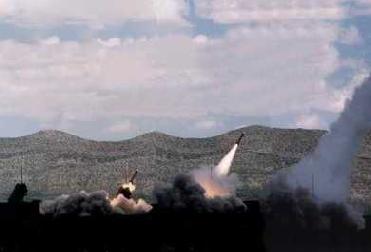
A file photo of a Patriot launch. Raytheon photo
WASHINGTON (BNS): The US military is exploring options for expanding the coverage of its missile defence system if negotiations on locating a third ground-based interceptor site in Poland does not materialise under the forthcoming Barack Obama government.
According to the US weekly magazine, Aviation Week, Gen. Victor Renuart Jr stated that various alternatives are being looked for if the discussions in Europe fail to materialise.
Gen. Renuart Jr, who is the head of both the North American Aerospace Defense Command and the US Northern Command, told a National Defense Industrial Association luncheon in Washington recently that alternatives could involve two-stage and three-stage interceptors. Interceptor missiles now based in Alaska and California is the third stage; those planned for Europe would be of the second stage.
Russia has been vehemently protesting the US plan to deploy the so-called Third Site interceptor in Eastern Europe. Russian leadership recently threatened to base short-range ballistic missiles close to the border with Poland so that they can attack the proposed interceptor missile site.
However, Bush administration and Pentagon officials have argued that the European site is needed to meet the threat from Iran, which Gen Renuart Jr speculates that the later could have a 'crude' Inter Continental Ballistic Missile (ICBM) by 2012 to 2015, according to the Aviation Week.
The weekly also quoted Gen Renuart Jr as saying that he was pushing for tests of the Ground-based Midcourse Defense (GMD) system to become "more complex and more operationally focused". The last three tests involved operational crews, and the number of sensors used being increased "to make the system as real as we can make it," he said. Ground-Based Midcourse Defense (GMD) is a component of the national missile defence strategy of the United States administered by the U.S. Missile Defense Agency.
Gen Renuart Jr said that earlier this year, during preparation for the FTG-05 intercept conducted on December 5, the possibility of a North Korean missile test prompted the GMD system to "adjust the schedule, sensor package and software installation to get it more operational and away from a test." It went back to a test when the Korean launch did not occur, he said.
Western and South Korean commentaries have noted the possibility of a North Korean test this year as six-party talks faltered amid disagreements over de-nuclear verification issues in the North, according to the Aviation Week.
"Although a test, FTG-05 involved operational commands, Norad and NorthCom, and operationally sound execution," Gen Renuart Jr said. The test was designed to show the system's ability to discriminate the warhead from decoys that will be launched from the missile to evade missile defences. Although the decoy did not deploy as planned, the kill-vehicle sensors did discriminate the target from the decoy, he said.
Gen Renuart Jr went on to say that the operational commands were pushing for a policy decision on homeland cruise missile defence. "We need to grow the missile-defence umbrella to defend from cruise missiles. But we need a national decision first so we can determine the extent to commit investment dollars," he said.
Investment decisions on new sensors are also required. "The Distant Early Warning Line radars in northern Canada are beginning to time out and structurally degrade. A service life extension will keep them going to 2016, when we need to be well down the road to a solution, which could include space-based or over-the-horizon radar," Gen Renuart Jr said.
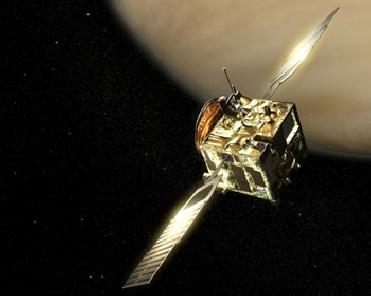 Previous Article
Previous Article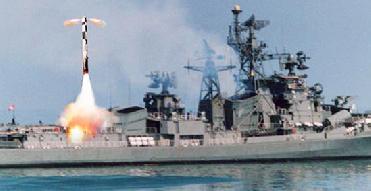 Next Article
Next Article

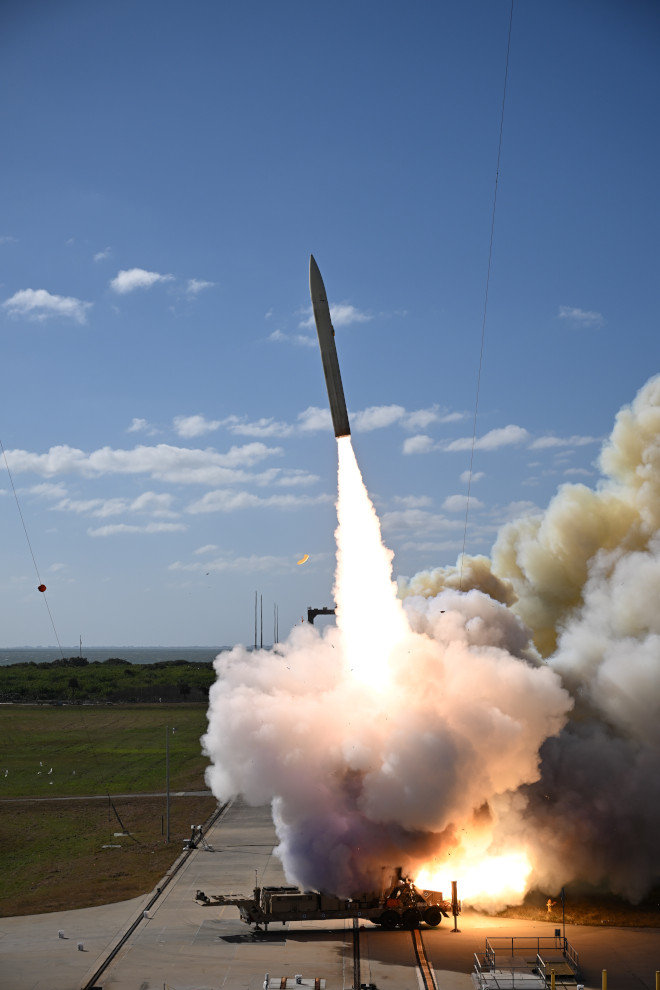
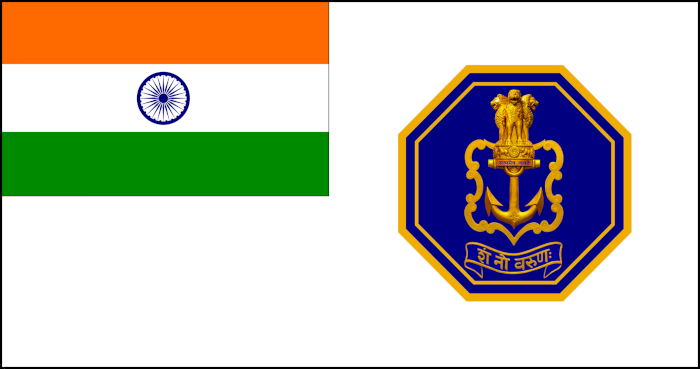










The Indian Air Force, in its flight trials evaluation report submitted before the Defence Ministry l..
view articleAn insight into the Medium Multi-Role Combat Aircraft competition...
view articleSky enthusiasts can now spot the International Space Station (ISS) commanded by Indian-American astr..
view article